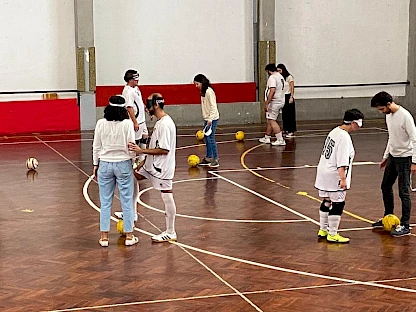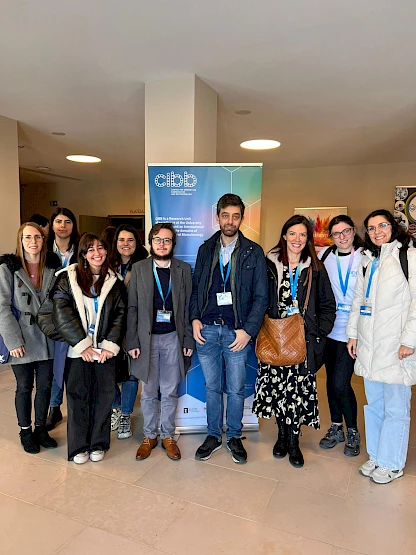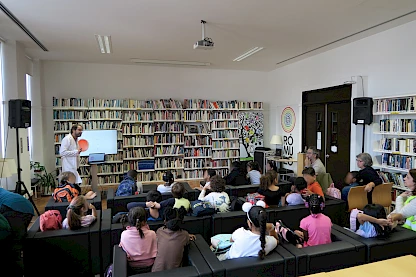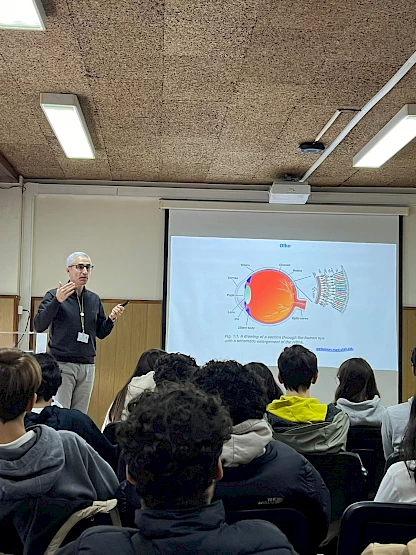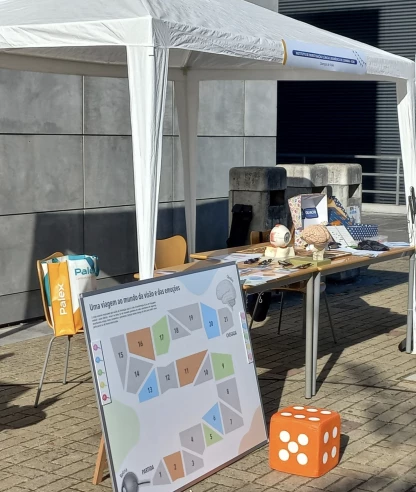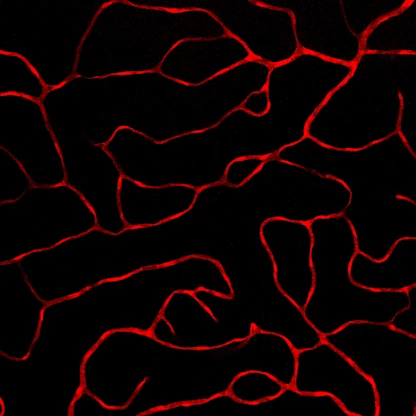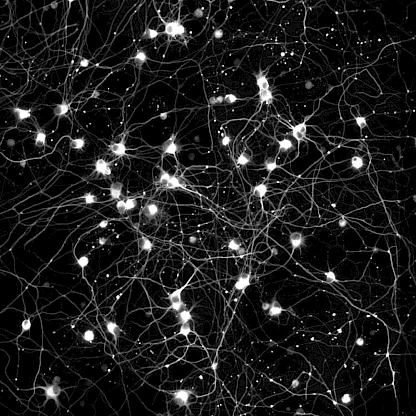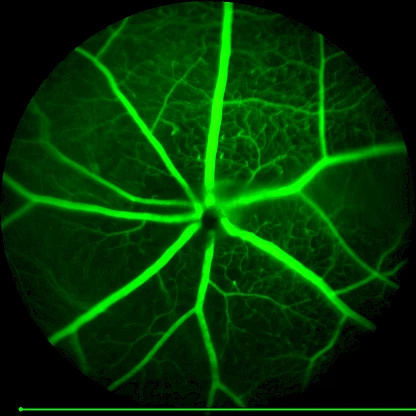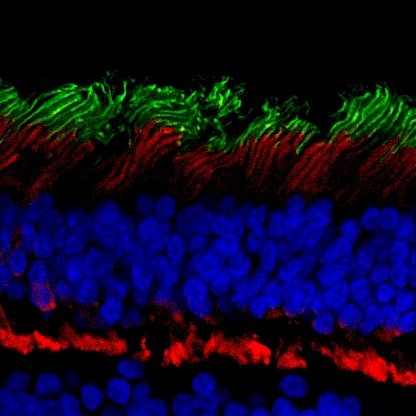About
Retinal degenerative diseases, such as diabetic retinopathy, glaucoma, age-related macular degeneration and inherited retinal diseases, affect more than 400 million people worldwide. Their pathophysiology is still not completely understood, and biomarkers for early diagnosis and disease progression are lacking or are scarce. Moreover, these diseases have no cure, the treatments available are scarce and mainly targeted for their later stages, and they are not effective in many patients. Thus, the identification of novel therapeutic targets and advanced therapeutic strategies, as well as novel biomarkers, are of utmost importance.
Our main goals are:
1) to clarify the molecular and cellular mechanisms underlying retinal degenerative diseases, giving a particular attention to neuroinflammation, cell-cell crosstalk and blood-retinal barrier dysfunction, as well as to particular cell types, such as microglia and Müller cells, retinal pigment epithelium, endothelial cells, photoreceptors and retinal ganglion cells;
2) to identify new therapeutic targets for retinal protection;
3) to develop advanced therapeutic strategies (for example, using microsponges, biodegradable intraocular implants, and gene editing);
4) to identify novel biomarkers for early disease diagnosis and disease progression based on texture analysis of optical coherence tomography (OCT)-derived retinal images and tears composition.
Main achievements
- The inducible nitric oxide synthase (iNOS) is a key mediator of increased leukostasis in retinal vessels and inner blood-retinal barrier (iBRB) breakdown in the diabetic retina. Moreover, TNF-α signals through PKCζ/NF-κB to alter the tight junction complex and increase retinal vascular endothelial cell permeability.
- The blockade of adenosine A2A receptors, using selective antagonists or caffeine, significantly inhibits retinal neuroinflammation mediated by microglial cells, thus conferring neuroprotection to retinal cells, and particularly to retinal ganglion cells.
- Small extracellular vesicles released by microglia exposed to elevated hydrostatic pressure, to mimic elevated intraocular pressure, amplify the inflammatory signal in the retina and contribute to retinal degeneration.
- We developed a porous poly(ε-caprolactone) implant that is safe for the retina when injected into the vitreous. The implant loaded with an adenosine A3R agonist protects retinal ganglion cells from degeneration induced by ocular hypertension. Moreover, the A3R agonist is also able to inhibit microglia reactivity.
- The impact of diabetes on the retina can be spotted through retinal texture analysis (very) early after diabetes onset in an animal model of type 1 diabetes. Changes in retinal texture are concomitant with subtle biological retinal changes, highlighting the potential of texture analysis to provide powerful quantitative information on the retinal status, also unlocking its potential for the early diagnosis of diabetic retinopathy.
Group
Group Leader
PhD Members
PhD Students
MSc Students
Research Technician
Publications
Scientific interests and ongoing research projects
1. "EYS on" gene editing for retinitis pigmentosa 25
(PI: João Pedro Marques | Co-PI: Henrique Alves)
Inherited retinal diseases (IRDs) cause progressive vision loss, with EYS gene mutations being a major contributor to autosomal recessive IRDs (5-10% of cases). Despite the promise of gene therapy, no effective treatments exist for EYS-related IRDs. Prime editing (PE) is a precise genome editing tool for targeted DNA modifications. This proposal aims to use PE to correct one of the most the prevalent Portuguese EYS variant.
2. A new therapeutic approach to leverage vision restoration in glaucoma
(PI: Raquel Boia)
Although anti-glaucoma eye drops effectively lower intraocular pressure, glaucoma continues to progress and threaten vision in many patients. Thus, there is an urgent need to rethink the therapeutic paradigm of glaucoma. A drug able to target retinal ganglion cells could be an important tool.
The goal of this project is to protect sight by preserving the function of retinal ganglion cells (neuroprotection), while enabling these cells to re-extend axons and re-establish connections in appropriate target areas of the brain (neuroregeneration). This project is evaluating the A3R activation in the promotion of long-distance regeneration of retinal ganglion cell axons and correct reintegration in retino-recipient brain targets.
3. PRESING - Deciphering the role of Piezo1 mechanosensitive channel in microglia-mediated glaucomatous neurodegeneration
(PI: Ana Raquel Santiago)
Chronic neuroinflammation and microglial cells play important roles in glaucoma pathogenesis. Microglia become reactive when challenged with elevated pressure, releasing cytotoxic factors that promote retinal neuronal death, including retinal ganglion cells. Controlling microglia-mediated neuroinflammation is sufficient to protect retinal ganglion cells from damage. Despite these evidences, the sensor in microglia for elevated pressure that triggers the inflammatory phenotype was not identified yet. Piezo1 channels are mechanosensitive cation channels. We hypothesize that Piezo1 is crucial in governing the response of microglia in glaucomatous injury.
PRESING aims to identify the link between elevated intraocular pressure, Piezo1 activation, and inflammatory response of microglia, and the correlation with retinal ganglion cell loss.
4. N(DR)2-Eye - Ndr2 kinase: a novel player in the regulation of microglia in diabetic retinopathy
(PI: Hélène Léger)
We aim to decipher the role of the Ndr2 kinase in the regulation of retinal microglial cells, in the context of diabetic retinopathy.
5. Discovery of novel and early predictive biomarkers of diabetic retinopathy onset and progression based on texture analysis of optical coherence tomography retinal images
(PI: Francisco Ambrósio)
Diabetic retinopathy is a sight-threatening neurovascular complication of diabetes and is considered the leading cause of vision loss in working-age adults worldwide. Despite significant advancements in ophthalmology, the disease usually remains undiagnosed for many years during which significant molecular and cellular changes occur in the retina. The diagnostic methods used in clinical practice are not sensitive enough to detect such early changes. Therefore, diabetic retinopathy is considered a ‘silent’ disease, and there is an urgent need of novel diagnostic strategies for earlier disease detection.
We are employing texture analysis of computed retinal images from optical coherence tomography data, obtained from animal models of diabetes, to explore the potential of this texture-based approach for identifying retinal changes very early after diabetes onset. We are also investigating if changes in retinal texture occur concomitantly with alterations in the retina associated to diabetic retinopathy. Moreover, based on retinal texture changes, we are investigating which retinal layers are mostly affected, and how changes in retinal texture progress over the course of the disease.
Funded projects
"EYS on" gene editing for retinitis pigmentosa 25
Funding: European Society of Retina Specialists (EURETINA) - Retinal Medicine Clinical Research Award 2023 (299.879€)
April 2024 - March 2026
PI: João Pedro Marques | Co-PI: Henrique Alves
Eysulin - Efficacy study in an ex vivo model of corneal wound healing (Service provision contract)
Funding: Vector B2B – Drug Development – Associação para Investigação em Biotecnologia (28.337€)
January 2024 - June 2024
PI: Francisco Ambrósio
A new therapeutic approach to leverage vision restoration in glaucoma
Funding: Medalhas de Honra L’Oréal Portugal para as Mulheres na Ciência 2022 (15.000€)
May 2023 - April 2026
PI: Raquel Boia
Deciphering the role of Piezo1 mechanosensitive channel in microglia-mediated glaucomatous neurodegeneration
Reference: 2022.01354.PTDC
Funding: FCT (249.993€)
March 2023 - March 2026
PI: Ana Raquel Santiago
N(DR)2-Eye - Ndr2 kinase: a novel player in the regulation of microglia in diabetic retinopathy
Reference: 2022.06170.PTDC
Funding: FCT (49.925€)
March 2023 - February 2025
PI: Hélène Léger
siRNAGlau - Novel therapeutics of RNA interference for glaucoma
Reference: 31/SI/2017 - siRNAGlau -39743
Funding: Programa Operacional Competitividade e Internacionalização - Projetos de I&DT Empresas em Copromoção (215.065€)
October 2019 - September 2022
PI: Francisco Ambrósio
Evaluation of the effects of a FAAH inhibitor on the retina (Service provision contract)
Funding: BIAL (Pharmaceutical company) (115.620€)
June 2019 - December 2020
PI: Francisco Ambrósio
ExoSwitch - Understanding the switch between dry and wet AMD: role of exosomes
Funding: Global Ophthalmology Award Program (GOAP) Bayer HealthCare (43.175€)
November 2018 - August 2022
PI: Rosa Fernandes
Morphological and functional evaluation of the retina and choroid in animal models of diabetes
Reference: 0A0196.1 NOVARTIS
Funding: Novartis (30.000€)
January 2015 - December 2022
PI: Francisco Ambrósio
Identification of novel biomarkers of diabetic retinopathy: assessing antimicrobial peptides in tears
Funding: Faculty of Medicine, University of Coimbra and Santander-Totta Bank (Programme PEPITA) (15.000€)
July 2019 - August 2020
PI: Rosa Fernandes
Highlights
Members of the Group have been involved in the organization and/or participation in many outreaching activities, such as Age-related Macular Degeneration/Low Vision Month (February), Rare Diseases Day (February 28th), World Glaucoma Day (March 12th), Brain Awareness Week (March), Healthy Vision Month (May), World Retina Day (last Sunday of September), European Researcher’s Night (last Friday of September), World Sight Day (second Thursday of October), World Diabetes Day (November 14th), Science and Technology Week (November), and Ciência Viva no Laboratório (June-September).
The Group also has an Instagram account (fa_lab.uc), in which news related with the Group can be found.
Recent Awards:
Bolsa Charneco da Costa - Investigação Fundamental em Diabetologia, Bolsas e Prémios SPD 2024. Sociedade Portuguesa de Diabetologia (SPD)
Title: Retinal Optical Coherence Tomography-derived texture features as potential biomarkers for early diagnosis and progression of diabetic retinopathy
PI: Francisco Ambrósio
European Society of Retina Specialists (EURETINA) - Retinal Medicine Clinical Research Award 2023
Title: "EYS on" gene editing for retinitis pigmentosa 25
PI: João Pedro Marques | Co-PI: Henrique Alves
Medalhas de Honra L’Oréal Portugal para as Mulheres na Ciência 2022
Title: A new therapeutic approach to leverage vision restoration in glaucoma
PI: Raquel Boia


